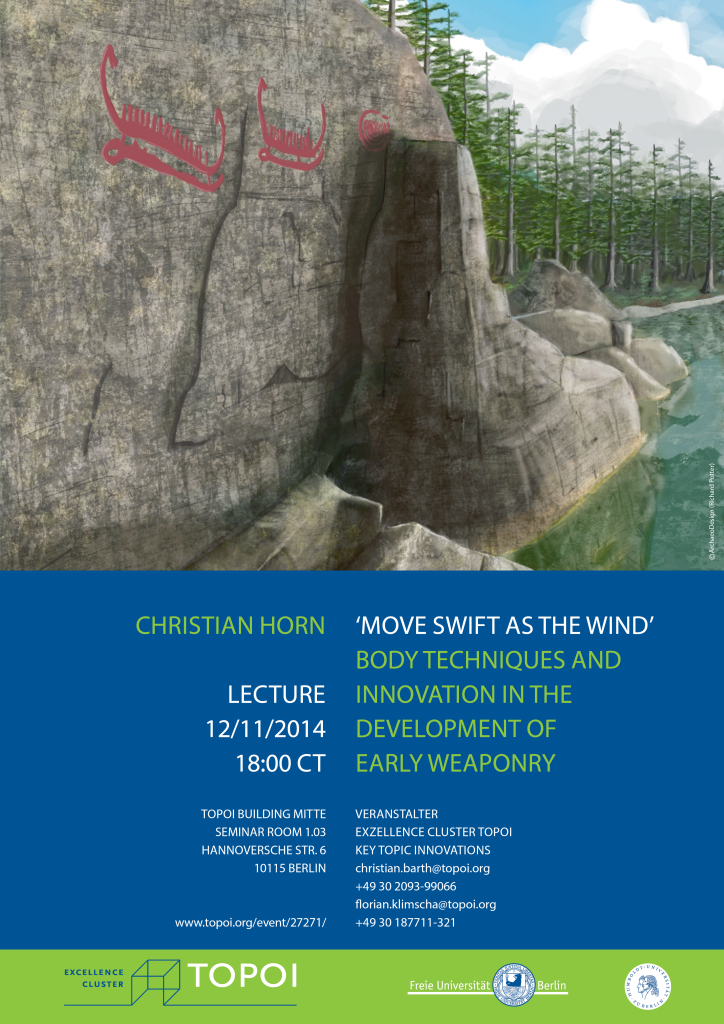 The Copper and Early Bronze Age halberd (3800-1800 BC) is one of the earliest specialized weapons we can identify in Europe. The geographical and temporal origin of this innovation is difficult to identify and may be forever lost. However, as this paper argues, its technological origin in multifunctional tools may be discerned. These implements shaped bodily techniques and thereby exerted a secondary agency that made innovations like the halberd likely to appear. A similar approach will be used to discuss the emergence of other specialized weaponry i.e. spears and swords in later times as a result of the use of halberds.
The Copper and Early Bronze Age halberd (3800-1800 BC) is one of the earliest specialized weapons we can identify in Europe. The geographical and temporal origin of this innovation is difficult to identify and may be forever lost. However, as this paper argues, its technological origin in multifunctional tools may be discerned. These implements shaped bodily techniques and thereby exerted a secondary agency that made innovations like the halberd likely to appear. A similar approach will be used to discuss the emergence of other specialized weaponry i.e. spears and swords in later times as a result of the use of halberds.
The newly invented weapons fit into traditional bodily movements, for example slashing and stabbing, making it possible for humans to adopt them and adapt their body techniques accordingly. This adaption takes place in training with weaponry. However, the space for exchange and negotiation of innovations in weapon technology is on the battlefield. Here, combat may be seen as a kind of communication without spoken words. Within this frame the spread of innovations is neither an inevitable process nor the choice of always rational actors.
